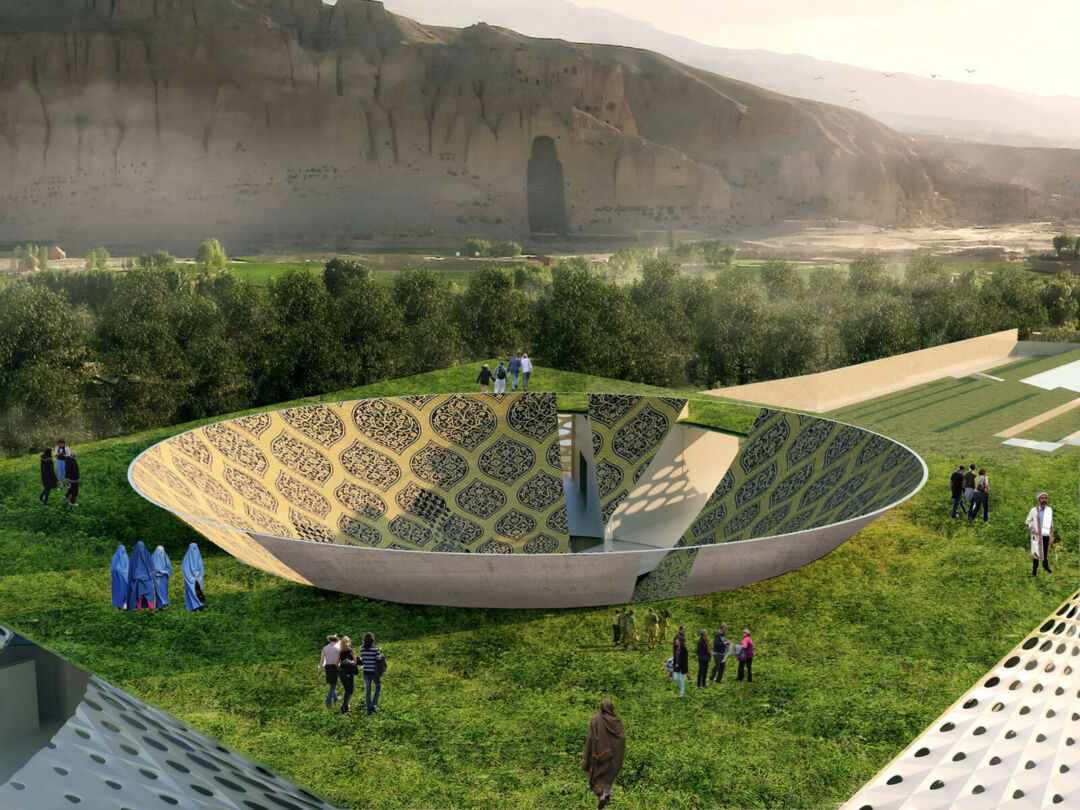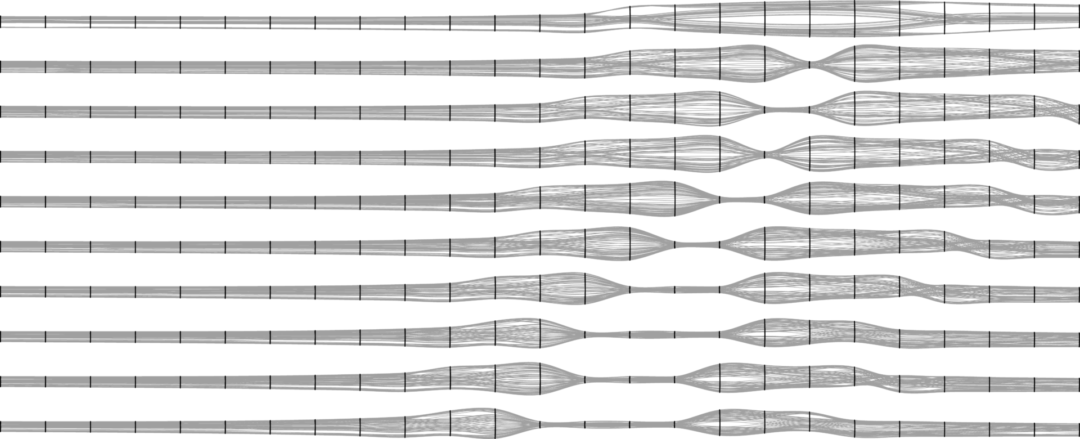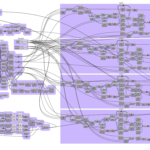Bamiyan Cultural Center Competition - Resonance of Absence
Project's Summary
The Bamiyan Cultural Center Competition, designed by ZarrinMoayery Studio, embodies a profound narrative that reflects the layers of Afghan culture. This architectural endeavor speaks to the concept of a palimpsest, where history is continuously written and rewritten, echoing the struggles and triumphs of the Afghan people. The design, titled 'Resonance of Absence,' serves as a poignant reminder of the past, particularly the loss represented by the destroyed Buddha statues, and aims to honor that legacy while fostering a cultural renaissance.

At the heart of the design lies the idea of negative space, a powerful element in Eastern architecture. By focusing on the void left by the absent statue, the structure draws attention to what once was, amplifying its significance through absence. This approach aligns with traditional Eastern design principles, where a perfectly shaped void often serves as the focal point, inviting exploration and reflection. The interplay of squares and circles throughout the design not only creates a visually striking composition but also resonates with the rich heritage of both Islamic and Buddhist architectural traditions.

The architectural form begins with a concentric arrangement of a square and a circle, meticulously aligned with the natural lines of the site. Rather than elevating the circle into a dome, it transforms into a negative dome, encapsulating the essence of the missing Buddha. This innovative approach symbolizes the connection between the historical and the contemporary, bridging the gap between two religions and eras. The structure is designed to initiate a dialogue with the past, inviting visitors to ponder the significance of absence and presence in their journey through the space.

The roof of the cultural center is inspired by the original square, rotated in two directions to align with the Buddha's historical location. This architectural gesture acknowledges the past while creating a new narrative for the future. The sides of the building are characterized by a parametric tessellation of curving surfaces, each tile's opening reflecting the curvature of the surrounding space. This design not only simplifies the construction process but also enhances the visitor experience by providing diverse pathways and gathering spaces.

As water symbolically flows from the south, it passes beneath the negative dome, culminating in a serene pond to the north. This element enhances the sensory experience of the cultural center, inviting visitors to engage with nature while reflecting on the rich tapestry of Afghan history. Through the Bamiyan Cultural Center Competition, ZarrinMoayery Studio aspires to create a space that resonates with the absence and richness of Afghan culture, paving the way for a future filled with remembrance, appreciation, and cultural dialogue.
Read also about the Levitando en la Montaña: Architectural Masterpiece project






